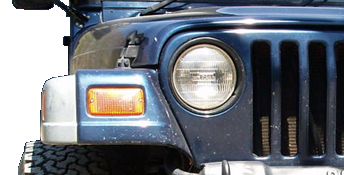ponykilr
Guest
You have to use grub killer about the first week in June, it's the only time that they are vulnerable.What's a good way to get rid of grub worms?
You have to use grub killer about the first week in June, it's the only time that they are vulnerable.What's a good way to get rid of grub worms?
Yep that's Bermuda. The only thing to do about it now would be to dig it up, and remove all underground roots. It looks like this is a hard spot for anything to live. If you want fescue you're gonna have to till, add some compost and keep it watered all summer. Round up will do nothing now because its not green and growing. Late in the summer you can spray it a few times but even at that you still have to dig up the roots and replant.
I know this is a weird question but do you live in Coulwood? Your house looks strangely familiar, I think i brought you some pallets a few months ago.
Sent from my iPhone using Tapatalk
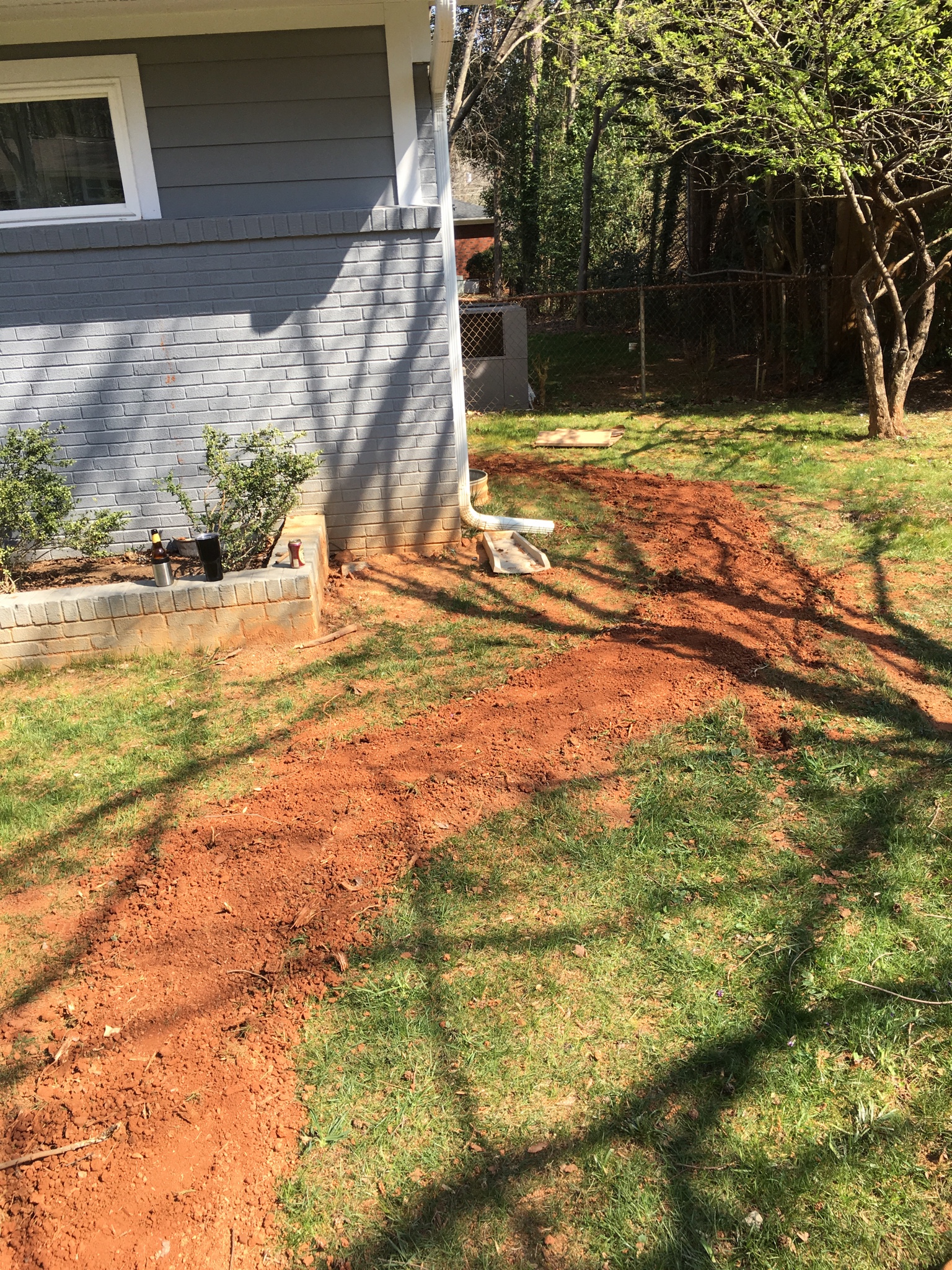
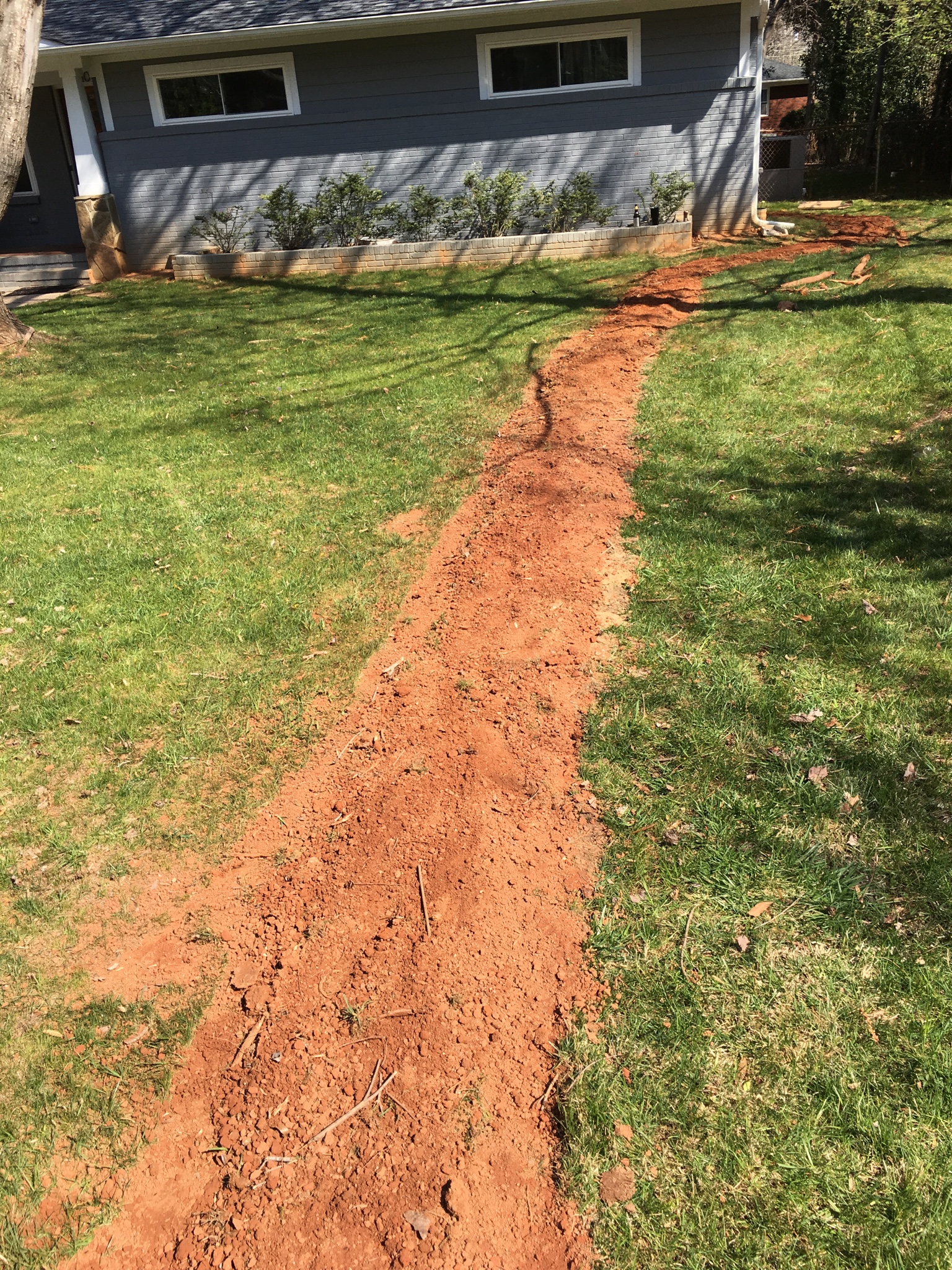
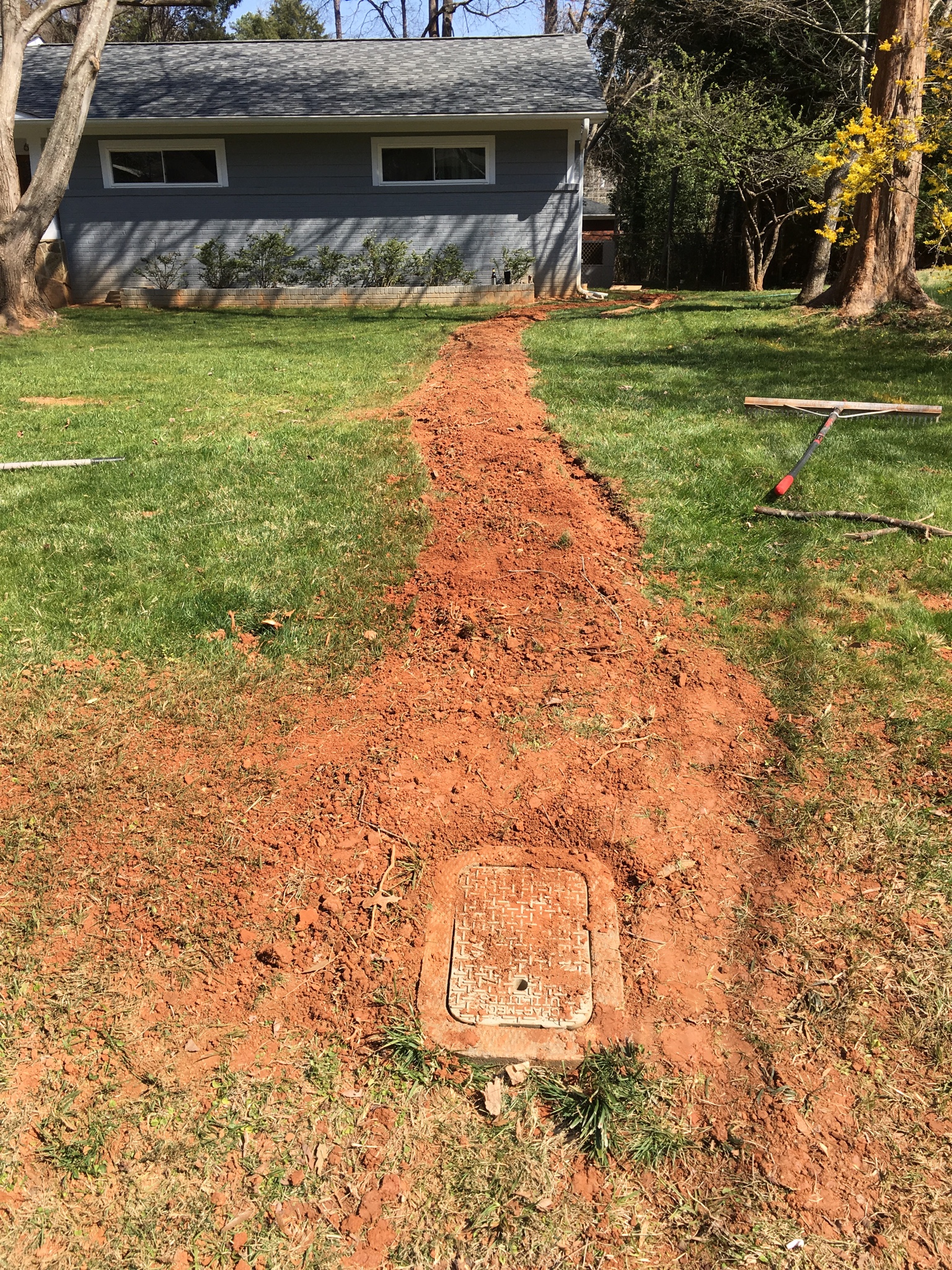
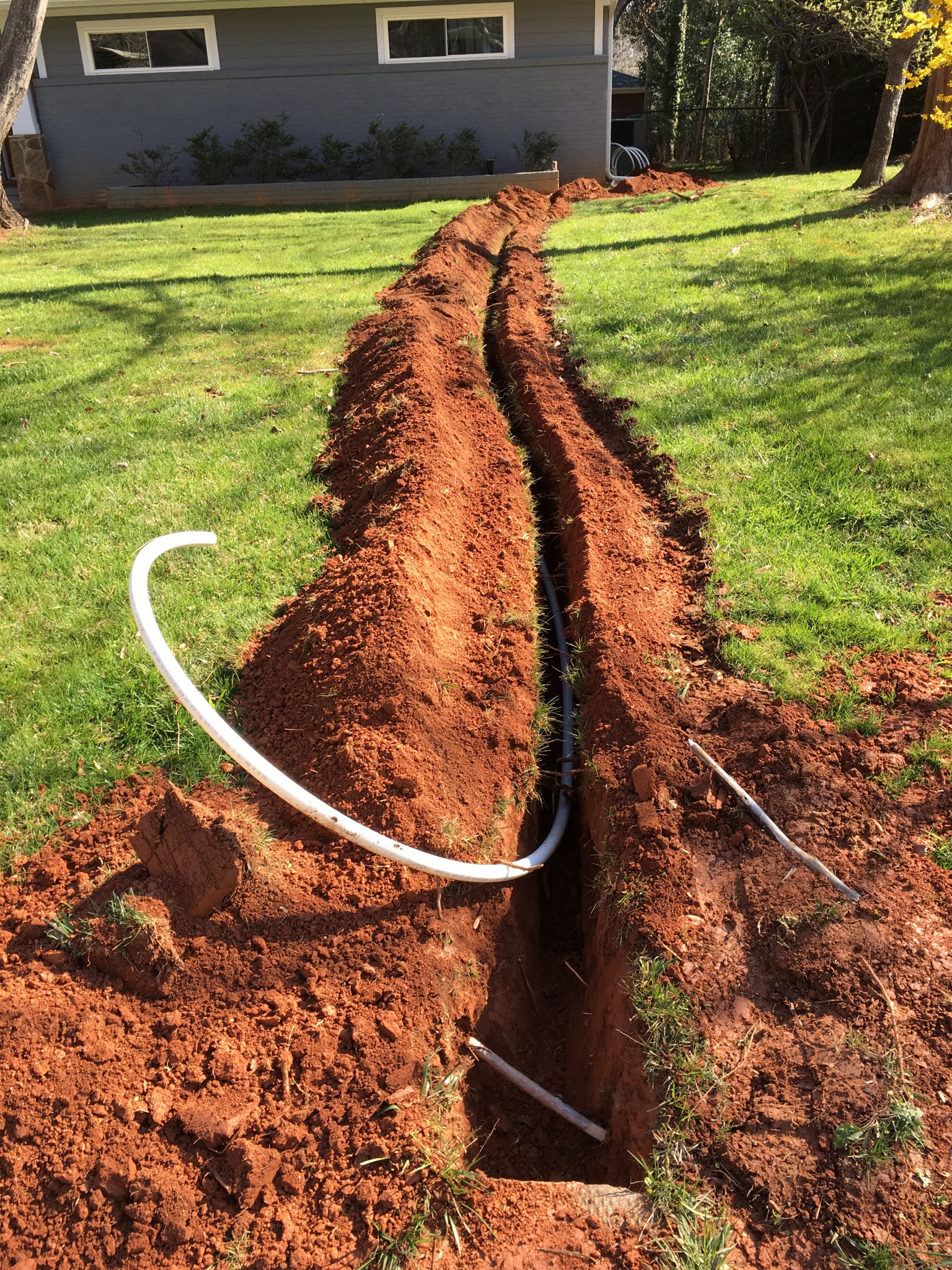
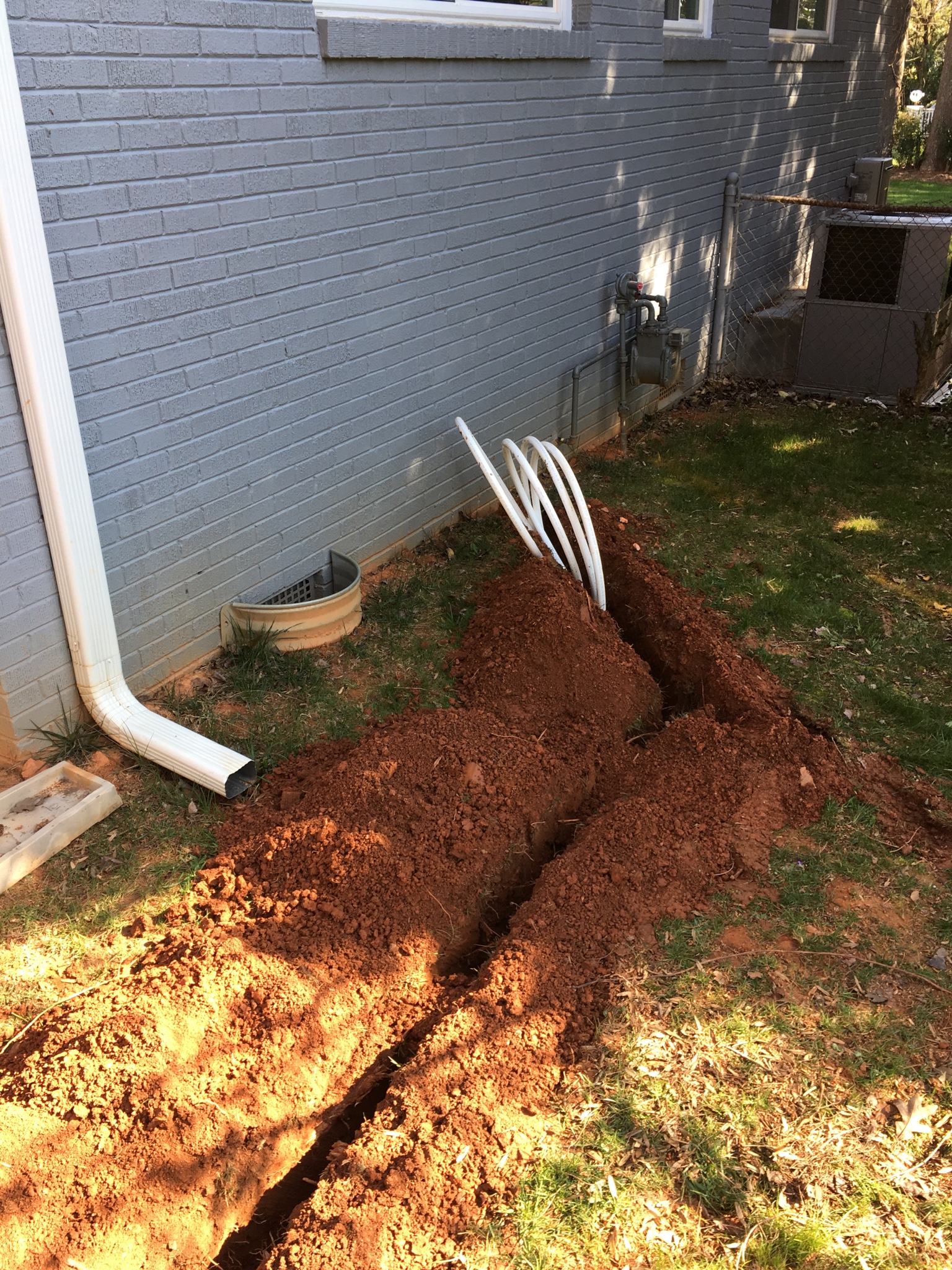
Pipe pulling was used here but just doesn't work very well. This was a deep trench and you have to compact it every few inches with a Wacker Packer if you want to get all the dirt back in.Holy crap, that trench is a mess. Back in the college days, my summer job was landscaping, I spent some time with the irrigation crews installing sprinkler systems. Instead of a trencher, we used a pipe pulling machine would just leave a slit in the ground (until you hit a rock or root, you'll have a little mess to deal with). This was up in New England with nice brown soil. Is that not common here? I guess I could see the clay getting way too hard most of the time.
We had to be 18" deep cause of frost line and the number of roots we hit I couldn't imagine using anything less than this. Not to mention the hard packed clay alone would stop the trencher from moving. To be honest for what we had to do I was very impressed with how it worked and how relatively easy it was.
Pull plowing is the technical term for that.Holy crap, that trench is a mess. Back in the college days, my summer job was landscaping, I spent some time with the irrigation crews installing sprinkler systems. Instead of a trencher, we used a pipe pulling machine would just leave a slit in the ground (until you hit a rock or root, you'll have a little mess to deal with). This was up in New England with nice brown soil. Is that not common here? I guess I could see the clay getting way too hard most of the time.
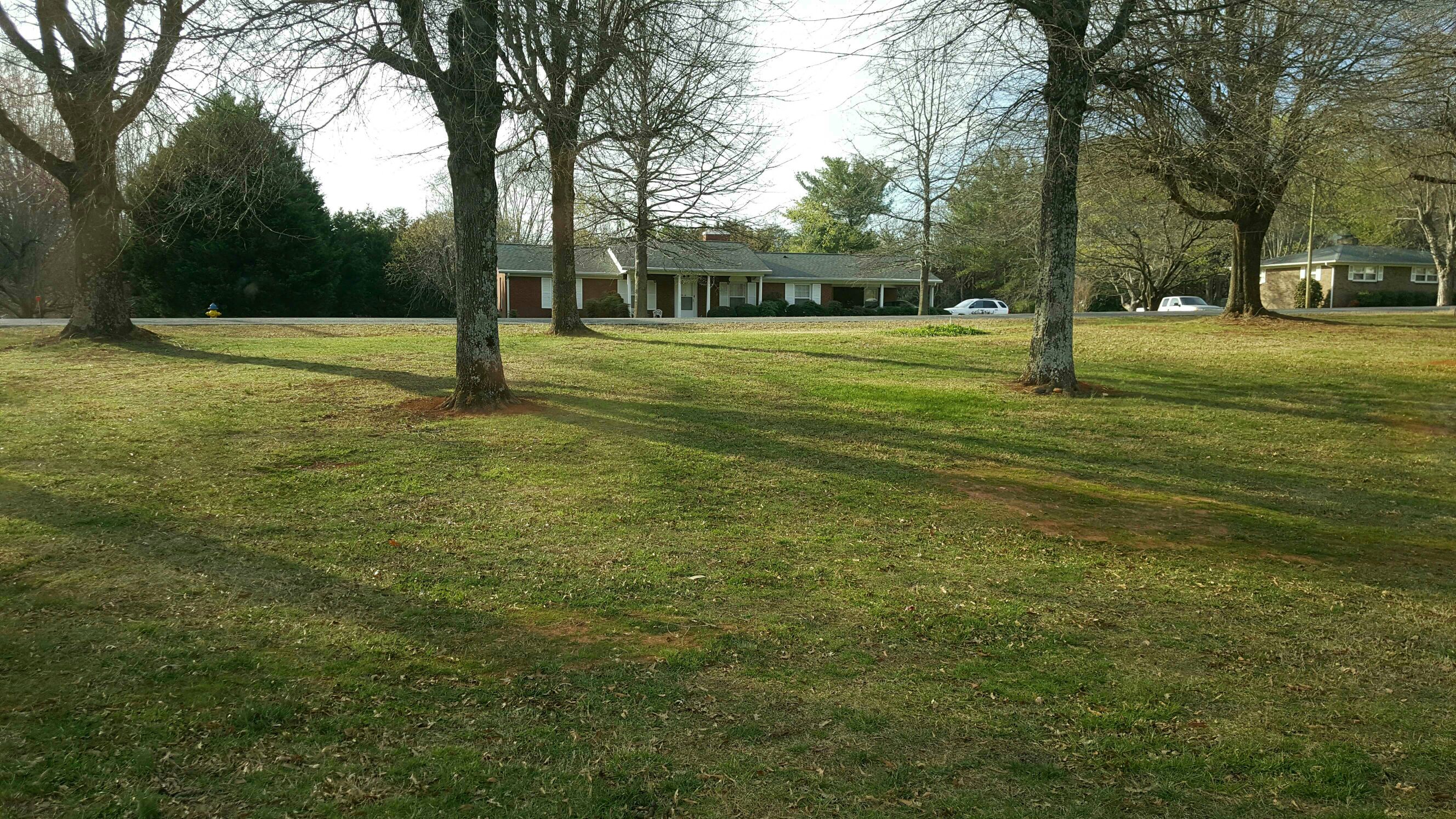
Milky spore is a product I've used for grubs in the past.Several products can be applied in May-June for control of grubs. Merit, Mach 5,...sorry names are escaping me now but you have to do it when they are emerging or just starting to borough down into soil. When product names come to me I'll post back. Again, SiteOne is your friend when you need AG supplies.
I'd put about a 10ft pine needle bed around each treeIve got 6 or so decent sized oaks in my front yard. It hasnt been fed or cared for in a number of yrs i believe. The fescue that's there is holding on, but there's a number of bare spots under the trees.
We moved in late last fall, and a quick overseeding effort netted some new growth in a few places.
Trying to figure out what's best at this point? I likely need a soil test, but id guess that the trees are robbing the soil, along with the shade they bring during the warm months.

Haha, i think that would convert most of the yard.I'd put about a 10ft pine needle bed around each tree
A mixture of 80 percent tall fescue, 10 percent Kentucky bluegrass, and 10 percent hard fescue by weight seeded at 6 pounds per thousand square feet is recommended.
You have great grass there! It's just thin this time of year so a good fertilizer app will do you well. Try using the 19-3-7 analysis with pre-em for more nitrogen. A soil test is always good and that seed mixture you mentioned will be fine. Cut any of the lower limbs possible to allow more sunlight. and keep leaves from accumulating in Fall and Winter. They put off a toxic bacteria when allowed to decompose on the grassIve got 6 or so decent sized oaks in my front yard. It hasnt been fed or cared for in a number of yrs i believe. The fescue that's there is holding on, but there's a number of bare spots under the trees.
We moved in late last fall, and a quick overseeding effort netted some new growth in a few places.
Trying to figure out what's best at this point? I likely need a soil test, but id guess that the trees are robbing the soil, along with the shade they bring during the warm months.

Not until after you have mowed 2 or 3 times!Now that we have fescue seedlings, how long before I can spray broadleaf herbicide? I had it on my calendar, tentatively, for this week...

